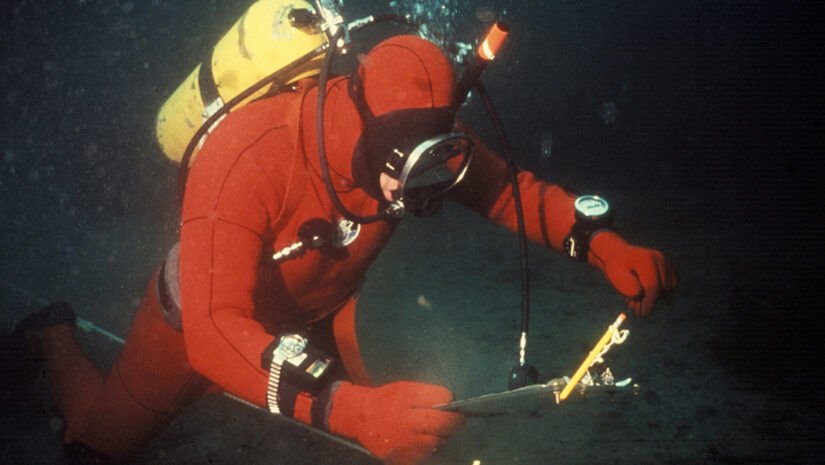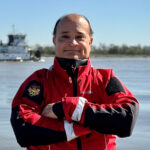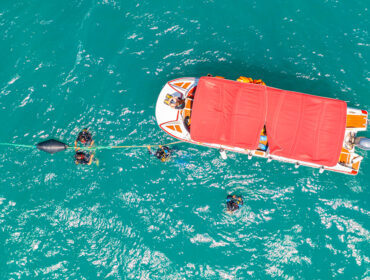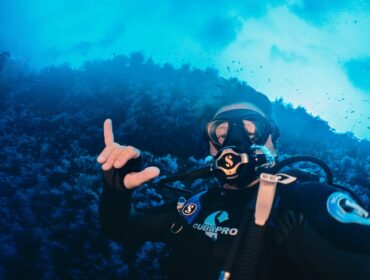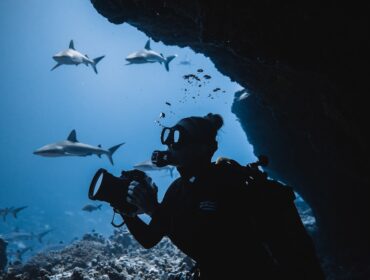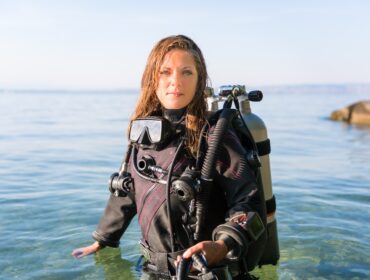Public safety diving is a challenging yet incredibly rewarding profession, demanding exceptional physical strength, keen mental acuity, and specialized technical expertise. Some of you reading this who have navigated these waters can attest to this fact. Public safety divers perform critical tasks such as evidence recovery, searching for missing persons, and investigating underwater incidents in difficult conditions. This is where training and certification play an essential role.
Visibility can be close to zero, currents can swiftly shift, and temperatures can be brutally harsh—every moment underwater matters. These are conditions most recreational divers will likely never encounter. Despite these challenges, the satisfaction of successfully completing missions and knowing you’ve made a tangible difference to your community makes every dive profoundly rewarding.
Why Certification and Training Matter
Scuba certification and specialized training in public safety diving aren’t simply beneficial; they’re absolutely essential. Obtaining proper specialized scuba certification ensures divers possess the necessary expertise to manage complex, high-pressure underwater scenarios safely and effectively. Certification also builds confidence—not only within individual divers but across their teams and the communities they serve. Diving in hazardous conditions is a perishable skill that must be continuously honed through consistent practice and professional development.
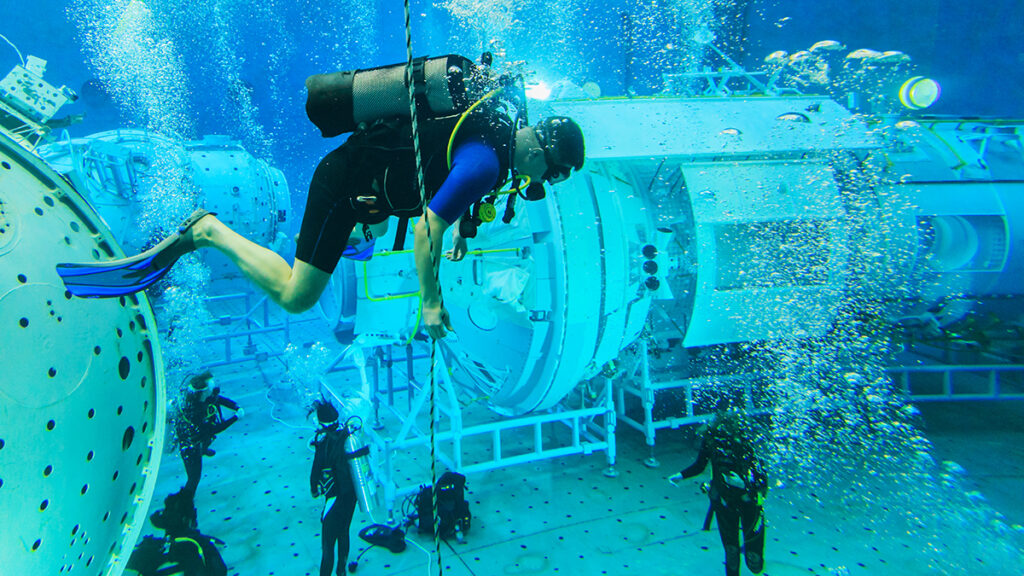
Building the Right Foundation
Aspiring public safety divers and dive tenders must be prepared physically, mentally, and technically:
Physical Fitness: Divers must maintain peak physical condition, capable of handling demanding underwater conditions such as strong currents and heavy gear.
Mental Agility: Effective divers manage stress and make rapid, critical decisions under pressure. Training typically incorporates realistic simulations to prepare divers for real-world scenarios.
Specialized Techniques: Mastering specific skills, including advanced search methods, evidence recovery, and specialized equipment usage, is vital.
Moreover, divers must understand the broader implications of their work, from environmental considerations to operational responsibilities. Training often covers topics, such as different types of diving environments, like contaminated water or hazardous environments, to ensure safe and accountable operations.
The Certification Pathway
The certification journey starts with fundamental scuba skills and advances through specialized training programs designed specifically for public safety divers. Leading certification organizations such as Emergency Response Diving International (ERDI) and the Professional Association of Diving Instructors (PADI) , among others, offer structured, rigorous pathways tailored to public safety needs.
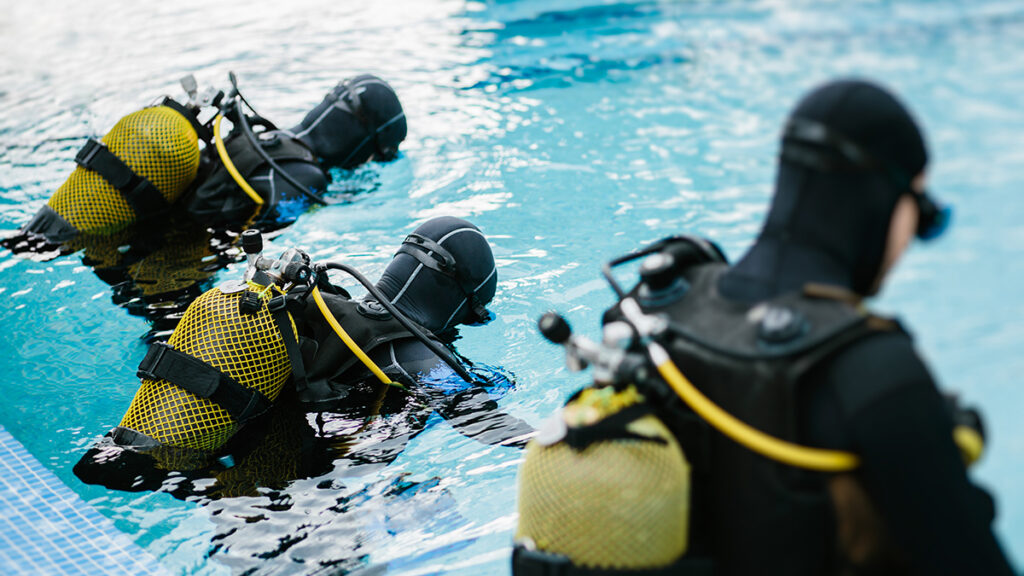
Why Pursue Certification?
Whether your role involves being a diver tender or a diver, I believe that scuba certification and specialized training aren’t just recommended—they’re essential. Consider the following return on investment of effort:
Standardized Skills: Ensures consistent proficiency and knowledge across divers, promoting safer operations and unified standards.
Enhanced Credibility: Certified divers gain recognition for their expertise, fostering trust within teams, agencies, and the communities they serve.
Continuous Improvement: Scuba certification marks just the beginning of a lifelong learning journey. Ongoing education programs keep divers current with emerging techniques and technologies.
Further, integrating STEM (Science, Technology, Engineering, and Mathematics) principles into public safety diving training enhances divers’ problem-solving abilities. This is accomplished by providing a solid foundation in scientific and technical concepts. This knowledge equips divers to develop innovative strategies for navigating complex underwater environments. For instance, understanding buoyancy control through physics principles enables divers to maintain stability in various water conditions. Additionally, familiarity with advanced technologies, such as remotely operated underwater vehicles (ROVs), allows divers to conduct safer and more efficient search and recovery operations.
We’ll cover the topic of technology and public safety diving in a future article.
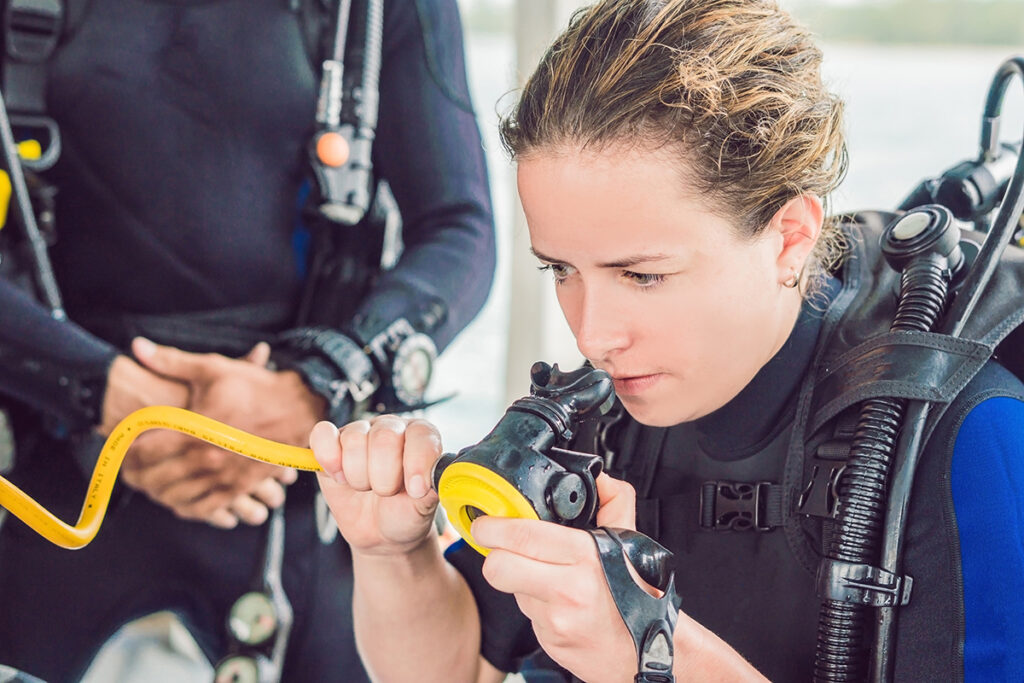
Addressing Concerns about Certification
Some agencies may hesitate due to the perceived costs or time required for specialized and extensive scuba certification. However, investing in well-trained, certified divers ultimately saves time, reduces risks, and enhances operational effectiveness. Advances in e-learning and modular training programs offered by ERDI and PADI now make certification more accessible and convenient, allowing divers to train flexibly without compromising quality. Additionally, seeking guidance from experts in the industry can go a long way in helping with alternative funding through grants or equipment recommendations.
Towards Unified Standards
There’s also a growing movement toward unified standards within public safety diving, inspired by successful initiatives like those championed by the International Diving Safety Standards Commission (IDSSC). Establishing consistent industry standards can elevate professionalism, improve interoperability between agencies, and enhance overall safety.
A Commitment to Excellence
Public safety divers play a crucial role in safeguarding their communities, and investing in structured, continuous training and certification is key to fulfilling this responsibility effectively.
If you’re considering the next step in public safety diving, I strongly encourage you to explore specialized scuba certification pathways through organizations like ERDI, PADI, among others or reach out to reputable experts that can assist with your journey. Specialized scuba certification is more than a badge of honor; it’s your commitment to safety, skill, and the professionalism this field demands.
REFERENCES
- 1. FEMA, NIMS 508: Public Safety Dive Team
- 2. FEMA, NIMS 509: Dive Team Leader
- 3. FEMA, NIMS 509: Tender
- 4. Occupational Safety and Health Administration (OSHA) 29 Code of Federal Regulations (CFR) Part 1910.120: Hazardous Waste Operations and Emergency Response, latest edition adopted
- 5. National Wildfire Coordinating Group (NWCG), National Incident Management System Wildland Fire Qualification System Guide, PMS 310-1, Physical Fitness Levels, October 2016
- 6. National Fire Protection Association (NFPA) 1006: Swiftwater Rescue Operations, 2017
- 7. NFPA 1582: Standard on Comprehensive Occupational Medical Program for Fire Departments, 2013
- 8. International Association of Dive Rescue Specialists (IADRS), Annual Watermanship Test, 2011
- 9. IADRS, Annual Basic Scuba Skills Evaluation
- 10. Emergency Response Diving International (ERDI), Public Safety Diver certification
- 11. Professional Association of Diving Instructors (PADI), Public Safety Diver certification
- 12. Dive Rescue International (DRI), Public Safety Diver certification

